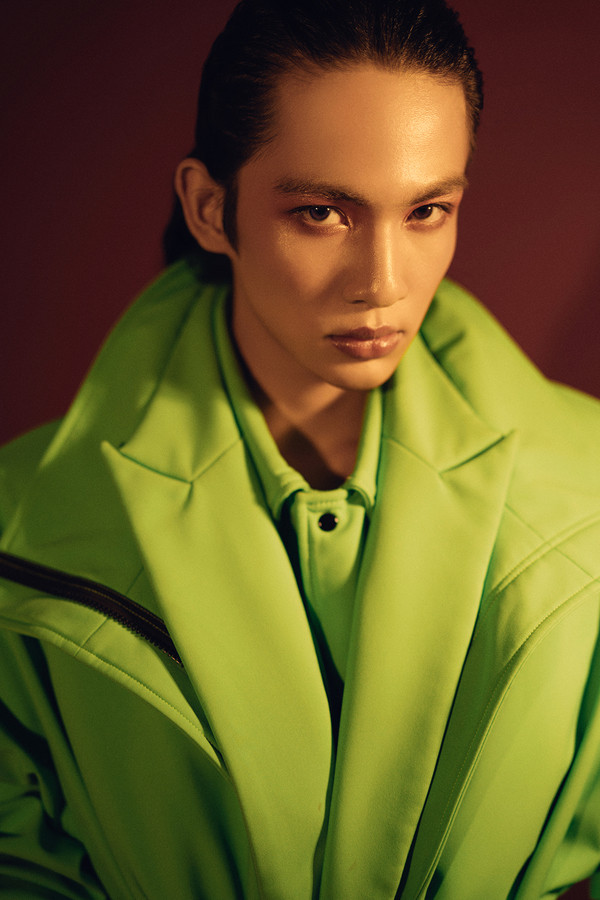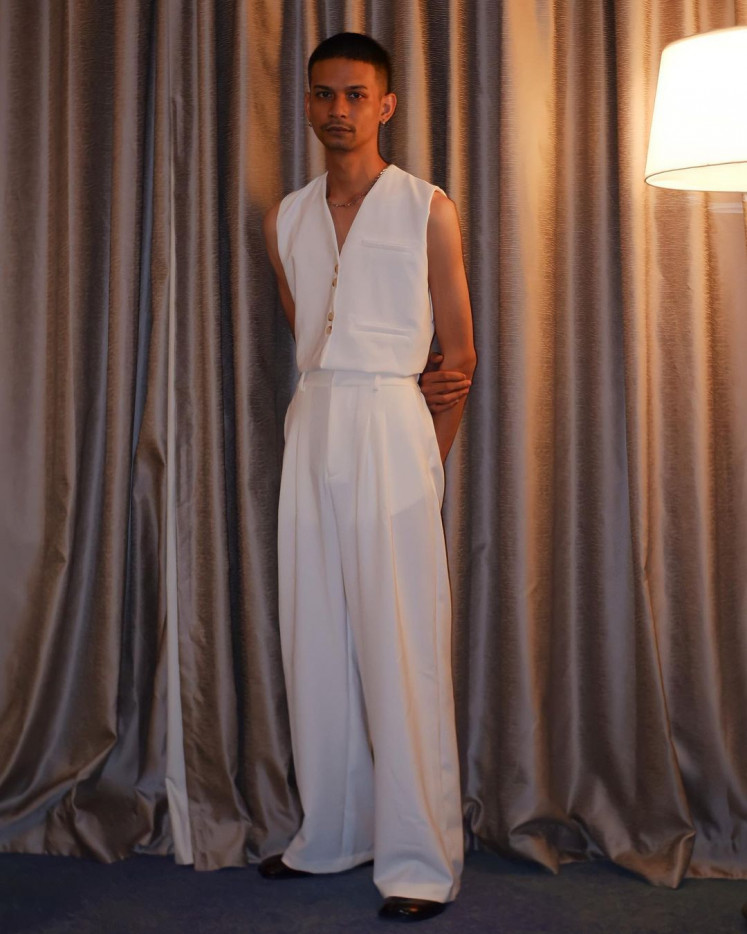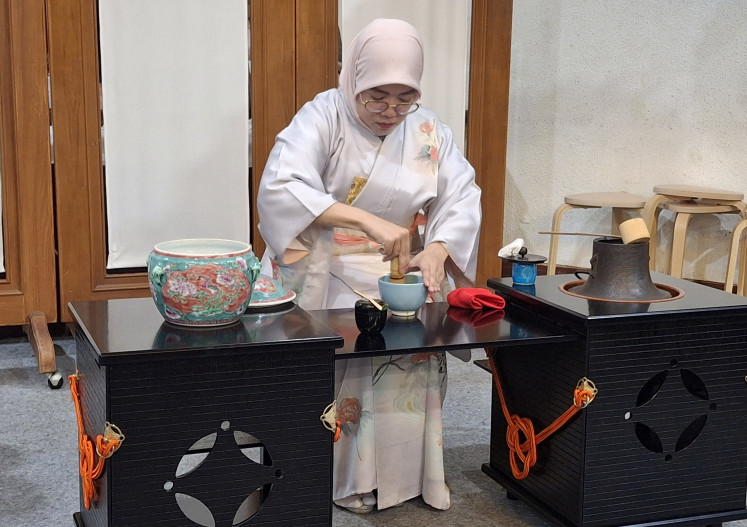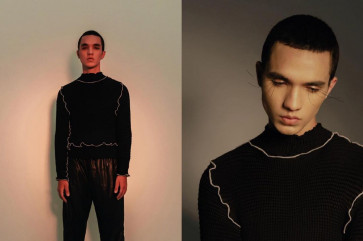Popular Reads
Top Results
Can't find what you're looking for?
View all search resultsPopular Reads
Top Results
Can't find what you're looking for?
View all search resultsGenderless is the future of fashion
As the gender distinction in fashion blurs, we sat down with some of the people in the industry to talk about its future.
Change text size
Gift Premium Articles
to Anyone
W
hen Patti Smith wore a men’s shirt with a jacket slung over her shoulder for the cover of Horses in 1975, it shifted perceptions. When Kurt Cobain performed in dresses in the 1990s, it challenged notions of masculinity. Decades later, when countless figures and designers have pushed the discourse of dressing without the confinement of gender limitations further, is the idea still as radical as it once was?
Today more than ever, brands and customers are veering toward genderless dressing. While it has not reached the point of normalcy yet, more and more people are becoming more open in embracing being free when it comes to how they dress.
Chloe Clau, 29, is a model known for fluid looks. She often presents looks that are either feminine, masculine, or in-between. The aspect that interests her in fashion is exploring the presentation of oneself without being boxed in. In her daily life, she often wears casual boyish clothes, which sometimes seep into her professional work. While she recognizes that for women, wearing men’s clothes has always been more accepted, she noticed that in the last six years, the local fashion industry and society at large had become more accepting of androgynous styles. Regarding the distinction between menswear and womenswear, Chloe said it was likely to exist for the foreseeable future. The conscious choice to look past the labeling, however, will be increasingly more prevalent.
Turning heads: Dodi wearing Rani Hatta in Persona's PERWIRA 2021 campaign. (Dodi/Courtesy of Tjhan Reno/Persona Management)
Model and history student Dodi, 20, has been interested in fashion since high school. He often watched runway shows in his free time, which culminated in him wanting to study fashion design before opting for history instead. Since he couldn’t become a designer, being a model is a way for him to still pursue a career in fashion. Like Chloe, Dodi is known for his fluid looks that veer between masculine and feminine. He started to explore the idea of expressing himself more freely since the start of university, when he was able to let his hair grow long. Presently, he works with a whole range of clients, from fashion labels to cosmetic brands.
For social media marketer and fashion content creator Alessandro Georgie ,28, his foray into exploring womenswear was caused by necessity. Since he has a size 26 waist, he often has to look for pants in the women’s section. From those experiences, he found that a lot of womenswear items actually look good on men. Today, almost half of his clothes come from womenswear labels. Observing the shifts within the fashion industry from a consumer and business standpoint, he believes that genderless fashion should be the future of global fashion retail. “The pandemic showed us that seasonal collections are kind of wasteful and becoming irrelevant. Aside from the importance of inclusivity, without the distinctions of a male and female line, a label’s business would be more sustainable and practical,” he remarked.
Genderless: Alessandro wearing pieces from Tanah Le Saé, Avgal, and Y/Project (Alessandro Georgie/Courtesy of Alessandro Georgie)




















